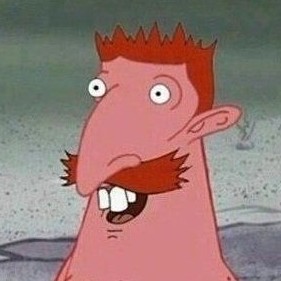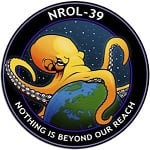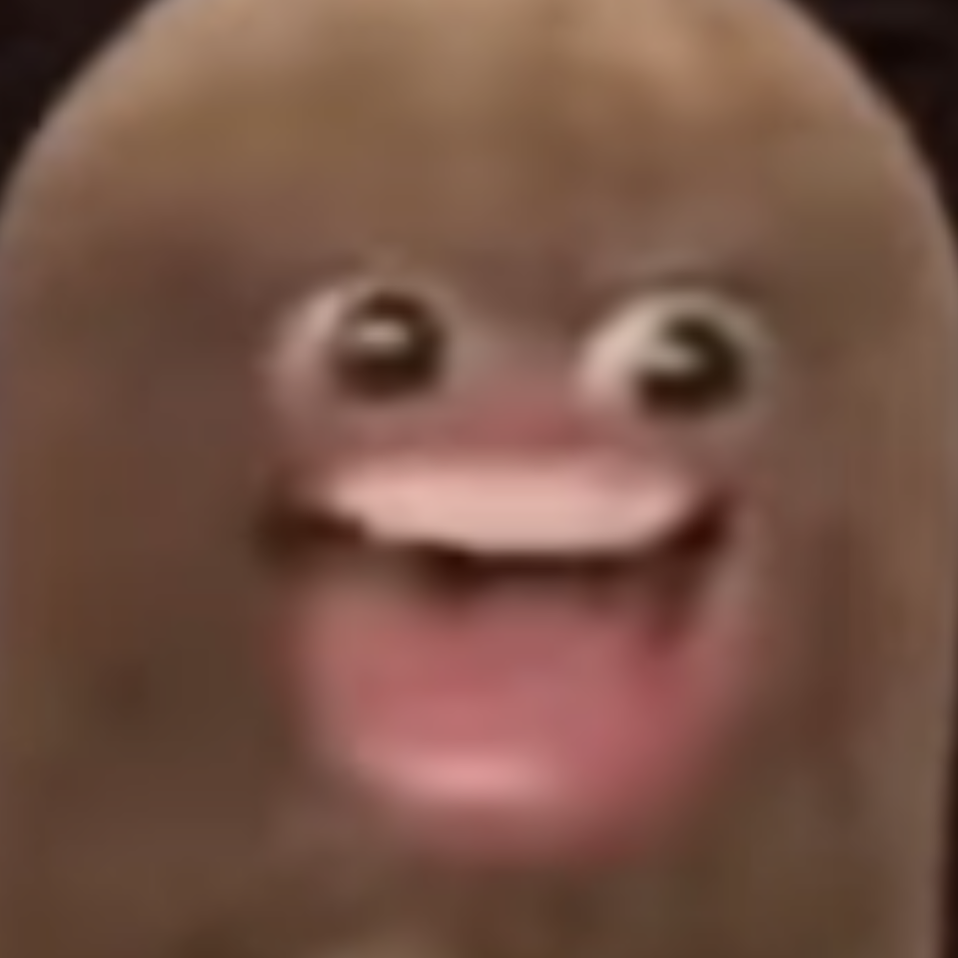<3 is “less than three”, and 3 is “three” so logically < is “less than”
aww love you too bro <3
Also < looks like an L at an angle
I try this, but I always get <3 mixed up with Ɛ>
#cursed
I also have a theoretical degree in physics
You’re theoretically hired!
when you hold your hands with your fingers spread out in front of you the L is on the left
*palms away from you
“Points at the smaller thing”
Every time I watch a student stall out on inequalities I ask “it’s the crocodile isn’t it?”. Without fail, they’ve got confused by it and as soon as they hear “points at the smaller thing” they have no issues.
yeah its literally a graph. the bigger side is the bigger number. the smaller, surprise, smaller number.
And then here’s me having to have my wife help my daughter with her middle school math assignments because they entirely mystify me.
I know that you can pronounce the emoticon <3 as less than three and it has for whatever reason replaced the crocodile mnemonic.
I <3 u >
You love me more than what?
Just I love you more
❤️
Thanks dude, that cheered me up a bit
some ppl shouldn’t have degrees
While in a vaccum this statement is true i dont think its appropriate here. Small things like this dont define how good someone is at the subject in question.
< is part of a K. The K stands for Kleiner which means smaller in German/Dutch
< is a collapsed L which could be a shortened to “Less than”.
…Not that I’ve ever used this, I always picture a crocodile.
Alternatively you could see it as an angled g without the hook
I never understood why so many people seemingly struggle with these signs to the point they need a mnemonic. The big side points to the big number and the small side to the small one. What even is there to remember?
What you describe is a mnemonic.
Technically. That’s not the point, though. The symbol itself has a built in mnemonic; it’s designed so you can’t forget what it means. If you wanna be pedantic, which, fair enough, we’re talking about math notation after all, add “different” before “mnemonic” in the original comment and the point still stands.
Look at Dr. Postdoc here
That’s Mr. Dr. Professor Postdoc to you!
As a kid I saw it as an arrow pointing, it points to the small number. That’s how I remembered it. I can now understand it ‘facing’ the big number but it was never pointing any direction other than the point, which is to the smaller one. Now I understand it eats the bigger one but it took awhile to see it as anything but an arrow point, if they drew them with teeth I’d have understood the eating better as a kid but I don’t think any teacher did that. I never had trouble understanding overall so wasn’t an issue.
Yeah, the symbol is the mnemonic. What does the crocodile even explain? Why doesn’t the bigger number eat the smaller numbers?
Yeah. It would be like saying “Oh, when I see a stop sign, I think to myself they’re the same colour a traffic light turns to when you’re supposed to stop, so I remember to stop”
Yeah the worst part about mnemonics like this is that its easy to think to yourself “crap, does the crocodile eat the bigger number or the smaller number?”
Never been a fan of mnemonics that can be easily flipped because my brain loves to troll me. When I noticed/heard larger side larger number, this was the only way I ever saw it again.
I am 54, and still every fucking time.
Never heard this till this meme, apparently I was under a rock… Or in Florida
Not a meme, just how I was taught to remember greater than / less then operator direction
Yeah I meant the saying from the meme op posted, my bad. We just were taught the bigger side faces the bigger side, smaller smaller. Alligators, Crocodiles, and Pacman I guess we never included in math otherwise we’d startt totalling how many neighborhood dogs got eaten in the retention ponds next door. Like the number 1 unspoken rule of going fishing on the St. Johns River is don’t bring your dog, haha
Also I have seen Lake Jesup sometimes have so many gators eyes at night that you’d think you could cartoon run 13 miles across it and not have to touch water.
My Mama says that alligators are ornery because they got all them teeth and no toothbrush
I got a zero on a math test in second grade because I said “the bigger number is on the bigger side” instead of “the crocodile wants to eat the bigger number”, fuck you 2nd grade math teacher who made me hate math by being the thought police.
It is my firm belief that teachers who force you to regurgitate the textbook answer verbatim should be promptly sacked. They are only teaching you to obey authority figures without questioning, and we don’t need any more toadies in this world.
Say it in English grammar “GREATER than” means greater number first. And vice versa.
How does this help me remember which symbol means greater than and which one means less than?
The bigger side of the symbol is greater. The small side is less.
We read left to right.
That make sense?
No, sorry, not at all. You just said 2 true things that i agree with. I just fail to see the connection. How does reading left to right help me remember that the bigger side is greater? You didn’t even mention the important part in the first comment as if it is implied by left to right reading. I’m clearly missing something that seems obvious to you
Crocodile eats bigger number is way easier to remember
I feel you.
MesseR Rechts, GabeL Links.
Every single time when setting up dishes on the table.
Another way to remember is that < is like a squished L, for “Less than”
This is how I always remember it












